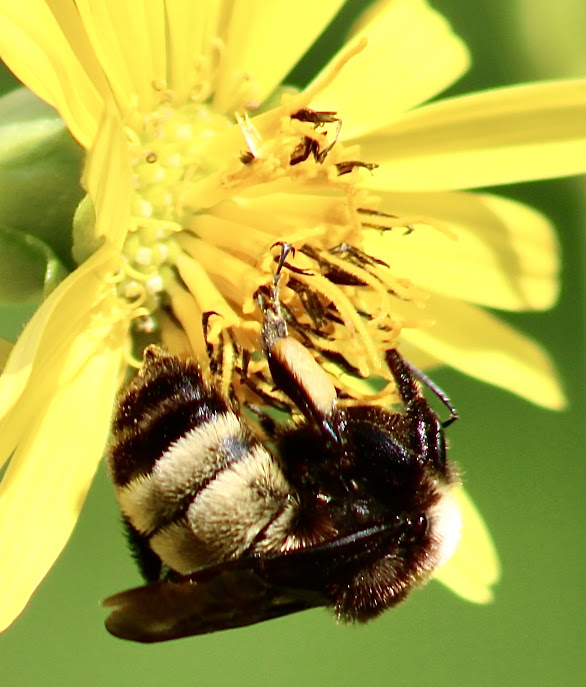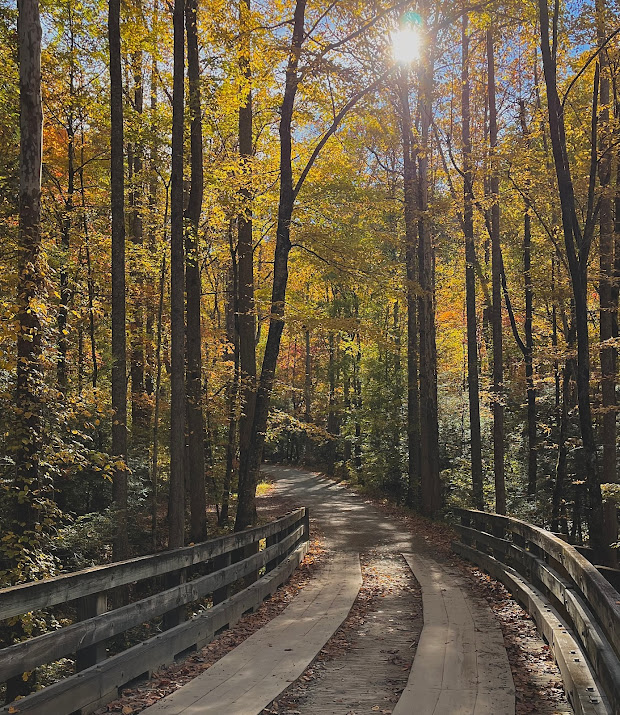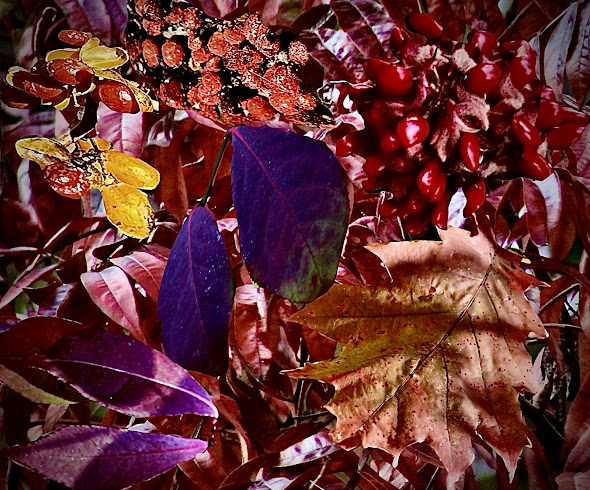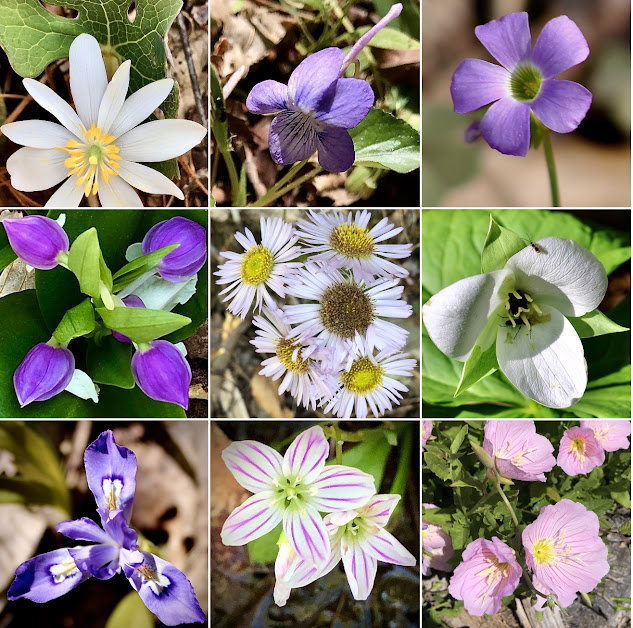American Bumble Bee Pending US Fish and Wildlife Endangered Species Status
American Bumble Bee
Due to the volunteer education work I have been doing with Champions For Wildlife based in Western North Carolina, I have been taking many photographs of pollinators. I have learned many new species of native wild insects that are vital to the life cycle of wild flowering plants as well as many agricultural crops.
I am proud to be assisting as a volunteer with this Non-profit group whose mission is:
“to inspire and empower the next generation through art and education to be champions for wildlife. This includes endangered animals, with America’s red wolf as one of our top priorities. We believe the more you learn, the more you love, the more you protect!”
From my field photo studies and research, I have learned about the declining population counts of the large beautiful American Bumble Bee (Bombus pensylvanicus).
However, locally we seem to have several areas of good populations along the local Greenbelt trails, especially the Alcoa, Tennessee section here in Blount County.
Above photo feeding from the sweet sugary nectar and pollinating Tall Ironweed flowers.
Below is another American Bumble Bee in a Bindweed flowering vine also feeding and pollinating the flowers.
The American Bumble Bee and many other species of bumble bees face threats and population declines from multiple sources including pesticides, habitat loss or degradation, deforestation, urban and commercial development, climate change, and diseases that have been introduced by non-native bee species.
A total of 16 Northwestern, Northeastern, and Midwestern states have seen declines of greater than 90%, which meets the criteria for critically endangered concerns. Eight states in the USA have already declared that the American Bumble Bee has become extinct in these states, but they had healthy populations in past years.
All of these problems have severely imperiled the American Bumble Bee numbers that was once commonly found from coast to coast in 47 of the 48 continental US states around 40 years ago.
Until the late 1990’s the American Bumble Bee was the most common Bumble Bee in the eastern and central United States. It was thought to be the most widespread bumble bee species in North America, but has experienced sharp declines in recent decades with a 90% reduction in abundance relative to other bee species that share their habitat.
Above photo feeding from and pollinating a Thistle plant bloom.
Below on a very common but non-native Red Clover flower.
Note the orange pollen sac on the rear leg below on the Red Clover as the American Bumble Bee collects the protein rich pollen to take back to their surface of the ground nests to feed developing larvae which will become mainly more female worker bees.
All of my personal photographs used for this post of American Bumble Bees show the many types and species flowers that it feeds from getting nectar and pollen. This process also assists flowering plants in cross fertilization when the bees hairy bodies carries pollen, which is the male sperm of plants within the same species from one individual flower to to other flowers. This leads to genetic diversity which helps keep the species populations healthy.
In September 2021, the US Fish and Wildlife Service announced that the American Bumble Bee may warrant Endangered Species Act protection and is undergoing further studies of its status. This could result in declaring the American Bumble Bee as an Federally Protected Endangered Species in the United States.
For More information on the American Bumble Bee and its pending protection visit the links below














Comments
Post a Comment